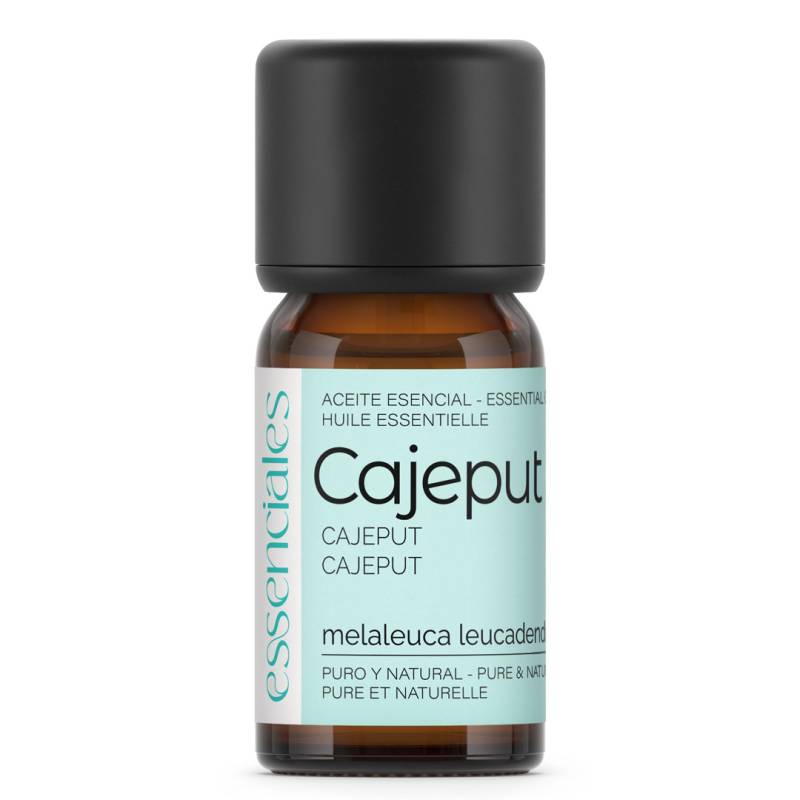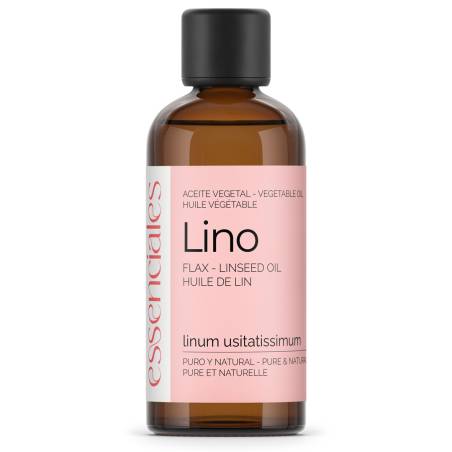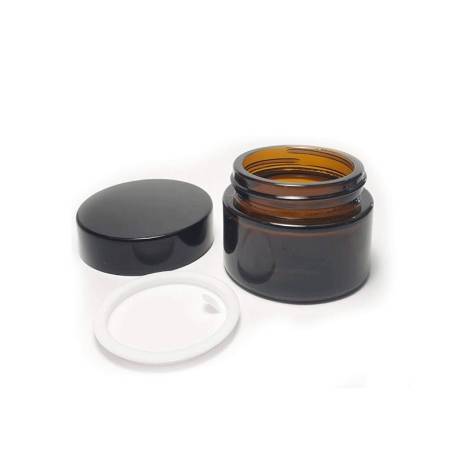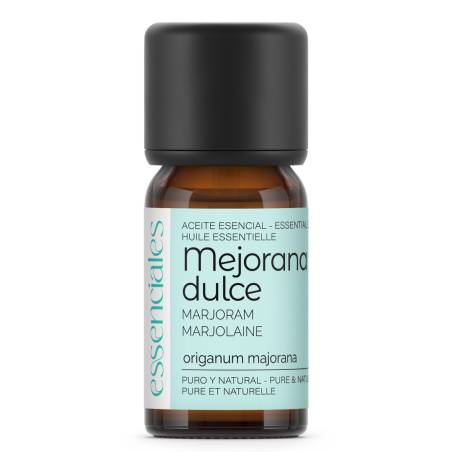Melaleuca leucadendron L. var. cajeputi
Identification
- Botanical Name: Melaleuca leucodendron L. var. cajeputi
- Family: Myrtaceae
- Chemotype / Variety: Cajeputi
- Grade: Therapeutic
- Origin: Vietnam
- Extraction Method: Steam distillation
- Distilled or Extracted Part: Leaves and buds, fresh twigs
- CAS: 8008-98-8 / 85480-37-1
- EINECS / ELINCS: 287-316-4
- INCI: Melaleuca Leucadendron Cajaputi Oil
Organoleptic Characteristics
- Note: Medium
- Description: Strong and fresh, mentholated, camphoraceous with a fruity hint. Slightly sweet. Medicinal.
- Color: Clear, colorless to pale yellow.
Main Compounds
- Cineole
- Terpineol
- Terpinyl acetate
- Pinene
- Nerolidol
Uses and Benefits
Traditional Uses
- Colds
- Headaches
- Throat infections
- Toothaches
- Sore muscles
- Fever
- Rheumatism
- Skin conditions
Actions and Properties
- Mild analgesic
- Antimicrobial
- Antineuralgic
- Anthelmintic
- Diaphoretic
- Carminative
- Expectorant
- Febrifuge
- Insecticide
- Sudorific
- Tonic
Specific Uses
- Skin Care: Insect bites, oily skin, blemishes.
- Circulation, Muscles, and Joints: Arthritis, muscle aches, rheumatism.
- Respiratory System: Asthma, bronchitis, colds, coughs, sinusitis, sore throat.
- Genitourinary System: Cystitis, urethritis, infections.
- Immune System: Colds, flu, viral infections.
Other Uses
Used by dentists and pharmacists as an antiseptic, in expectorant formulas and tonics, mouthwashes, etc. Also used as a fragrance and cooling agent in soaps, cosmetics, detergents, and perfumes.
Usage Formulas
- For atopic skin: Mix 10 drops of Cajeput, 10 drops of Lavender, 5 drops of Tansy, and 5 drops of German Chamomile in 30 ml of sesame oil. Apply to the skin to soothe and repair the area.
- For acne-prone skin: Add 10 drops of Cajeput, 10 drops of Palmarosa, and 5 drops of Atlas Cedar to 30 ml of Rosehip oil, and apply after washing the face.
- For headaches: Mix one drop of Cajeput, one drop of Peppermint, and one drop of Lavender with 10 drops of coconut oil or almond oil. Apply to the temples and the back of the neck.
- For mouth ulcers or sores: Apply one drop of Cajeput along with one drop of Clove and one drop of Bay leaf diluted in 10 drops of Calendula oil directly on the lesions, 2 to 3 times a day.
In Diffusion
- To decongest the nose: Add 3 drops of Cajeput and 3 drops of Eucalyptus radiata to an inhaler stick and use 2-3 times a day to help breathe better.
- For a purified environment: Add 3 drops of Cajeput along with 3 drops of Lemon to your diffuser for a clean and pleasant atmosphere.
Energetic Influences
- Chakras: Vishuddha, throat
- Colors: Blue
- Elements: Ether, space
- Mood and Emotions: Energizing, refreshing.
Related Species
Other Melaleuca species are used to produce cajeput oil, such as Melaleuca quinquenervia. All are closely related to members of the Melaleuca genus, notably eucalyptus, clove, niaouli, and tea tree.
The Plant
Melaleuca leucadendra is a species belonging to the Myrtaceae family. It is native to Southeast Asia and tropical areas of Australia, commonly known as cajeput. It is an evergreen tree that can reach up to 25 meters in height with a flaky bark. The leaves, up to 10 cm long, are ashy-colored, thick, and lance-shaped. The small cream-colored flowers cluster in terminal spikes.
The Oil
Cajeput essential oil is a volatile oil obtained by distillation of the leaves of the Myrtaceae tree, Melaleuca leucadendra, and other Melaleuca species. The trees producing the oil are found throughout maritime Southeast Asia and the warmer parts of the Australian continent. Most of the oil is produced on the Indonesian island of Sulawesi. The name "melaleuca" is derived from its Indonesian name, "Kayu Putih" or "white wood".
The oil is prepared from leaves collected on a hot dry day, macerated in water, and distilled after fermentation overnight. This oil is extremely pungent and has the smell of a mixture of turpentine and camphor. It consists mainly of cineole (terpenes), from which cajuputene, having a hyacinth-like scent, can be obtained by distillation with phosphorus pentoxide. It is frequently used externally as a counterirritant. It is an ingredient in some liniments for sore muscles like Tiger Balm and the traditional Indonesian medicine Minyak Telon.
It is also used as an ingredient in inhalants/decongestants and topical pain and inflammation remedies.
Distribution
Grows wild in Malaysia, the Philippines, Vietnam, Java, Australia, and Southeast Asia.
Safety
- Precautions: Non-sensitizing. Non-toxic. May irritate the skin if not sufficiently diluted. Some natural compounds contained in this essential oil may pose an allergy risk for some individuals. Always perform a tolerance test on the inside of the elbow before use.
- Children: Not suitable. Do not use in children under 6 years old.
- Topical Use: Suitable. Dilute.
- Diffuser: Suitable.
- Phototoxicity: No
- Sensitizing: No
- Irritant: No
- Toxicity: 2-5 g / Kg
- Natural Allergens in this Oil: Limonene <10%, Linalool <6%, Geraniol <0.5%
Dilutions
- Maximum dilution for adults: 4%
- Maximum dilution for children: 0.25% (over 6 years old)
Blends Well With
- Atlas Cedar
- Oregano
- Rosemary
- Rock Rose
- Thyme
"Cajeput may be one of aromatherapy's best-kept secrets, as its characteristics make it a versatile and highly effective oil for caring for our health and skin. It also has the advantage of being a very safe essential oil for use with the whole family, especially in diffusion and topical use with appropriate dilution." — Luis Rodero, Aromatherapist and Author of Alquimia Aromática
































